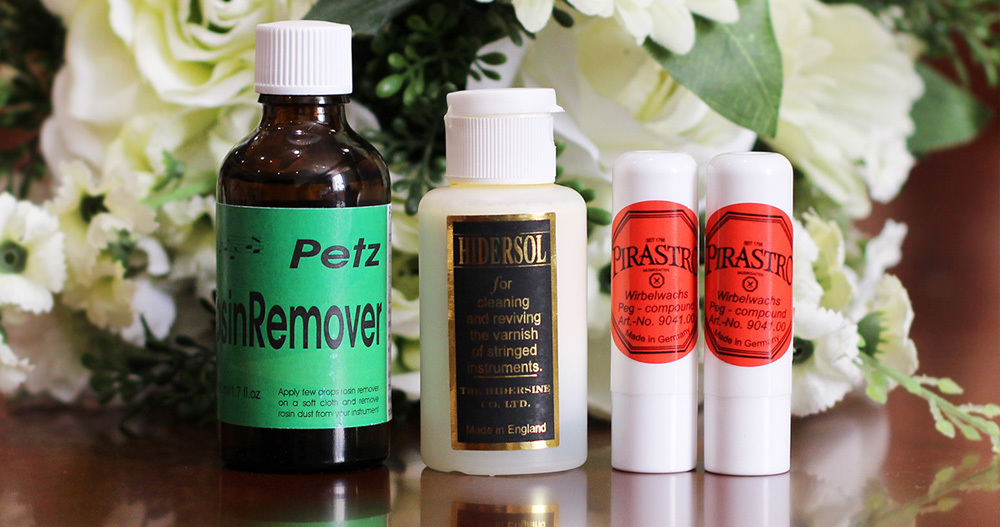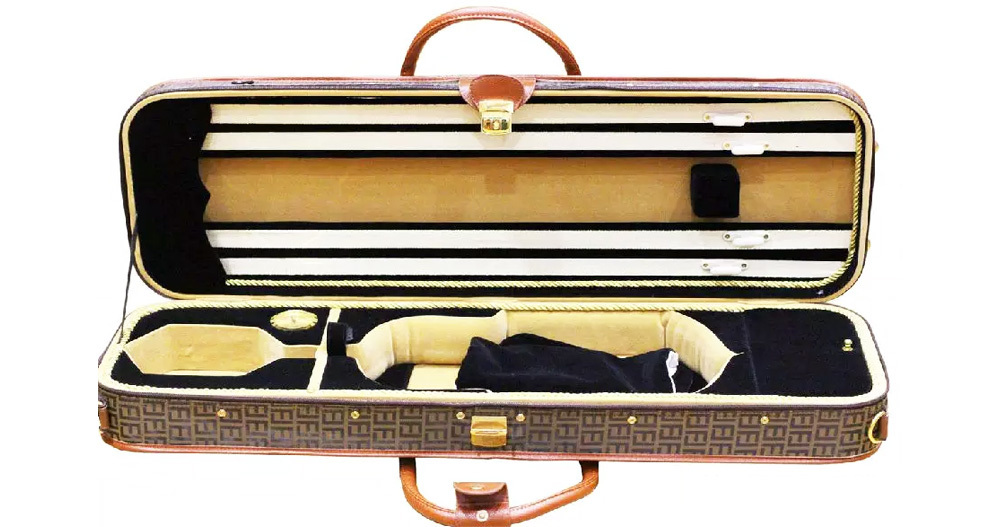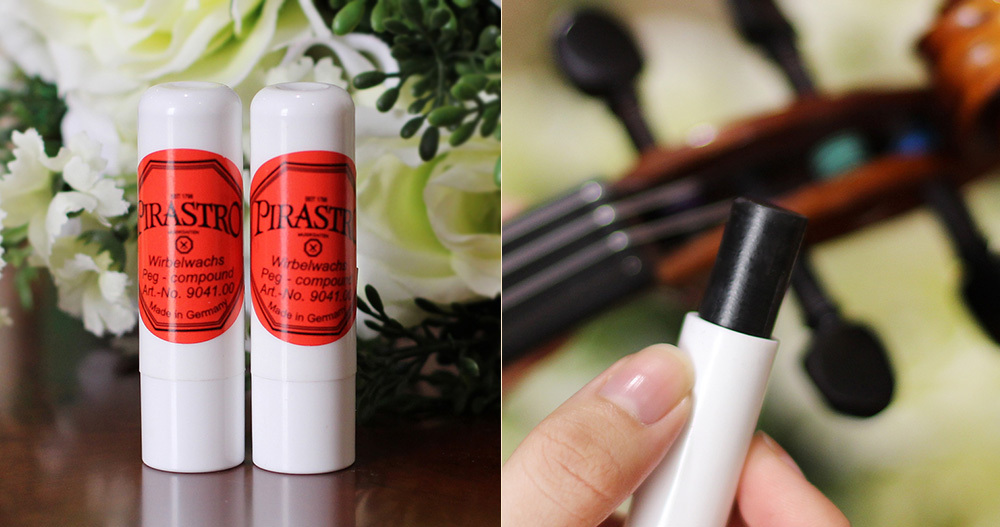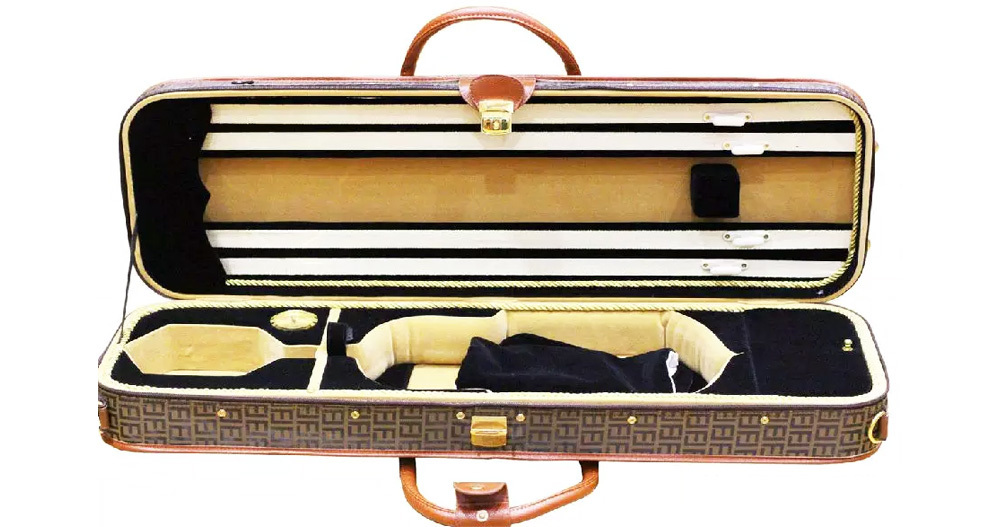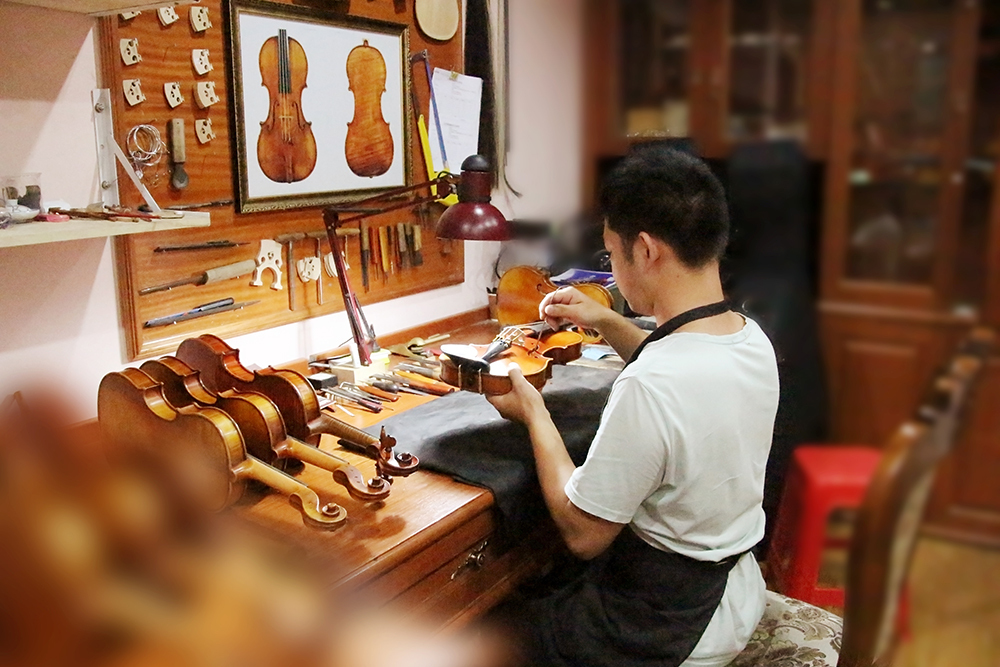1. How to keep the violin clean?
There are many ways to keep the violin clean. The most important thing is not to let unclean things such as rosin powder, sweat and dust accumulate on the violin. Rosin mainly accumulates on the strings, fretboard, and tops around the bridge, while sweat and other dust mostly accumulate on the shoulders, neck, and sides near the chin rest. If the rosin powder is not removed, it will become dark after accumulation and oxidation. If the sweat is not removed in time, the salt it contains will have a very bad corrosive effect on the violin. So after playing the piano, be sure to gently wipe off the rosin ash and sweat with a piano cloth before putting the piano back in the case.
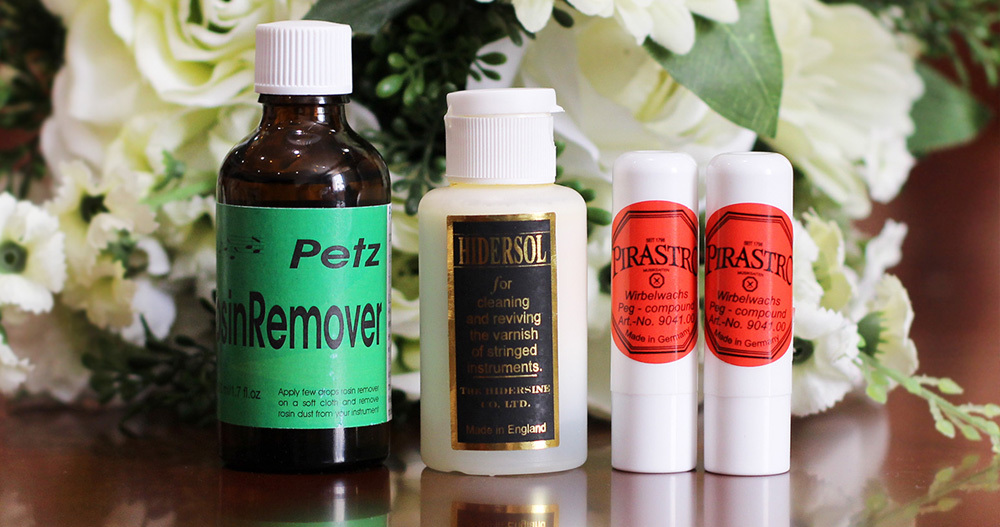
There are many different kinds of cleaners and polishes on the market today, and this kind of commercial thing is actually not very meaningful for the violin. A violin's paint doesn't need to be as smooth and shiny as a piano or guitar. Polishing an expensive guqin to sparkle may detract from its true value. On the fingerboard of the piano, the rosin ash accumulated over time will combine with the water vapor in the narrow air, and then condense into a layer of black mud, which is difficult to clean. If you don't want to leave it to an experienced piano repairer, you can try to wipe it off with a small amount of alcohol. But be careful not to let the alcohol touch the paint of the piano body, otherwise the paint will be dissolved by the alcohol, and the trouble will be big. Now you can buy a special oil for violin, which can maintain and clean the violin very well.
2. How to avoid damage to the violin?
A good violin is not only a tool, but also an antique, a work of art with high investment value. Therefore, protecting our musical instruments and keeping them in good health is a very important issue.
Although thanks to the advancement of modern technology and craftsmanship, the restoration technology of violins is becoming more and more perfect, but the restoration of some damaged violins is not only expensive, but also greatly reduces its value. For example, if the fret part at the bottom of the violin is broken, even if it is repaired, its value will also lose 50% to 60%. If the sound column or bass beam part of the panel is broken, the loss of its value is also about 20% to 40%. If the bow head of the bow is broken, its loss is more than 80%.
How can we avoid damage to the violin? First, put the instrument back into a sturdy case immediately after each use, and close the case. Nine out of ten badly damaged violins occurred outside the case. In addition, it is best to carry the violin by yourself, and only deliver it to a transportation company as a last resort, and choose a reputable transportation company, and pack it by a person with professional knowledge. Violins damaged in transit are mostly due to poor packaging. Some people think that putting a violin in a box and giving it to a shipping company is a big mistake. Because the design standard of the general piano box is not strong enough to cope with the unexpected situation in transportation. Therefore, even after putting the violin in the violin box, it is still necessary to let someone with experience in packing and transporting violins to pack and handle it. Delivery consignment. If it is a good piano. Better to buy insurance, just in case. The piano should not be exposed to the sun, not exposed to the rain, and should not be placed in the trunk of a car exposed to the scorching sun. Put a damp pipe in the violin when you turn on the heat at home in winter. Generally speaking, the more expensive the antique violin, the more easily damaged, the more careful it is.
3. What should I do if the violin is glued and the piano board is broken?
A violin is made of many different parts glued together. The luthier did not make the violin unbreakable at the beginning, because the violin may often be disassembled and adjusted in the future, so the accidental opening of the violin needs to be repaired immediately, but it is not a problem worth fussing about.
The places where the violin is easier to open the glue are often the middle seam of the bottom panel, the top panel, the glued part of the bottom panel and the side panel, the string nut, the tail rest, the fingerboard, etc. Among them, except for the joint between the central seam of the bottom panel and the bottom side panel, which needs to be firmly glued, other places are expected to be re-opened in the future when gluing. The glue opening caused by the wet weather or the perspiration of the performers is like a button falling off of clothes. It is a small thing that happens from time to time.
If the violin maker uses newer wood to make the violin, or if the glue is boiled or improperly used when gluing, it can also cause the violin to open. Since the violin glue will seriously affect the tone, and can make unpleasant noises when the instrument vibrates, so when this happens, although there is no need to panic, but also to the experts as soon as possible to re-gluing the violin.
In fact, it is also common for many new pianos to sound better after being opened and repaired due to cracks. Because the cracked place is often the place where the tension of the guitar body is greatest. After opening the repair and then closing it back to the original place, the tension is weakened, so the sound is more rounded. As soon as the piano board is broken, it should be repaired by an experienced technician as soon as possible. That new crack is almost invisible after clever patching, and it doesn't affect the tone.
4. What are the points of attention for violin pegs?
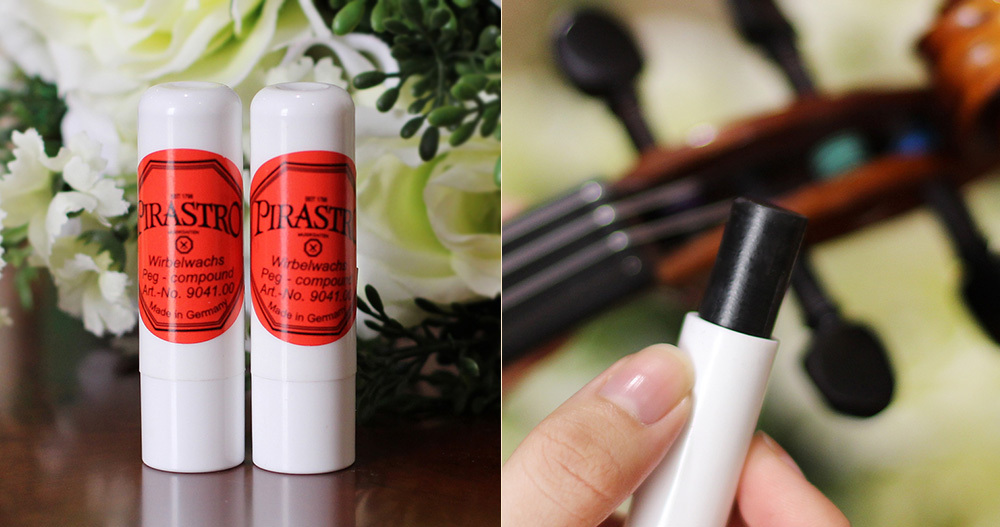
A well-installed peg (guidance) should be able to rotate freely. Generally speaking, if the peg is too tight. They should then be coated with a shaft wax specially designed to adjust the lubrication and tightness of the pegs to make them easy to spin. If the peg is slipping, you can try the shaft wax first; if the shaft wax is not enough, you can add some rosin powder. If these two methods do not work, it is necessary to check whether the inclination of the shaft taper of the peg is completely consistent with the inclination of the shaft hole. The way to check is: gently insert the peg into the shaft hole (do not squeeze it hard), and then shake it up and down, left and right; if the peg is completely matched, it will not shake at all. On the contrary, it means that there is a problem with the fit between the peg and the shaft hole. At this time, the piano should be sent to a professional for recalibration. Generally speaking, as long as the original shaft hole is not too large, even changing a set of pegs, or readjusting the taper of pegs and shaft holes is not a big and complicated problem. If the taper of the peg and the shaft hole is wrong, or the original shaft hole is too large, the shaft hole should be filled and re-opened. This kind of repair is time-consuming and labor-intensive, and the repair fee may naturally be more expensive. Therefore, it should be noted that the pegs of the new piano should not be too thick.
Another thing to note is that the four pegs must be at the right angle to each other (especially for the cello). There should be adequate space between the four strings without rubbing against each other. Furthermore, there should be enough space at the bottom of the peg box (box) of the headstock so that the strings will not be squeezed together. Both of the above conditions can cause premature string wear and string breakage. When winding, the last few turns of each string should be close to the side wall of the string groove.
音樂就是思想著的聲音。
Music is the sound of thinking.
